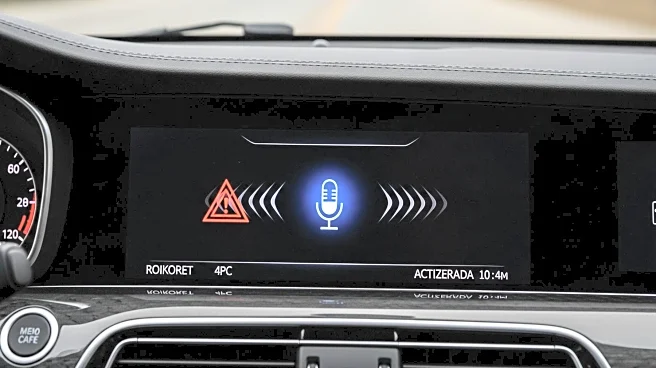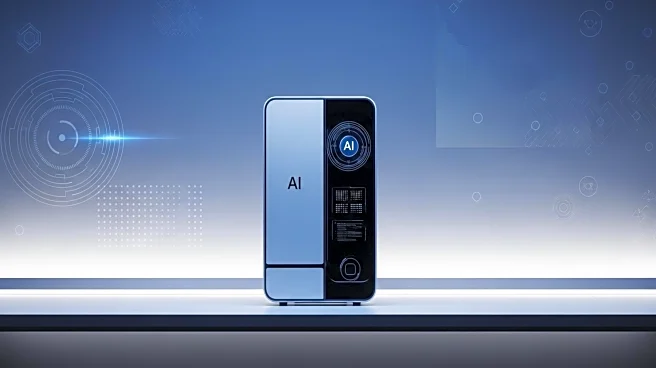What's Happening?
Waze has launched its 'Conversational Reporting' feature, allowing users to report road hazards using voice commands. This feature, announced last year, utilizes natural language processing to identify and report hazards like construction and speed traps. Users can now simply speak to report issues, enhancing the app's functionality and user experience. The feature has been in limited beta testing but is now being rolled out more broadly, although some users have reported bugs related to media playback and persistent pop-ups.
Why It's Important?
The introduction of 'Conversational Reporting' marks a significant advancement in Waze's use of AI, improving user interaction and safety on the roads. By simplifying the reporting process, Waze enhances real-time data collection, potentially leading to more accurate and timely updates for drivers. This development reflects a broader trend in technology where voice commands are increasingly used to streamline user experiences, indicating a shift towards more intuitive and hands-free interactions.
What's Next?
As Waze continues to roll out this feature, it may address reported bugs to improve user satisfaction. The success of 'Conversational Reporting' could encourage other navigation apps to adopt similar technologies, further integrating AI into everyday applications. Waze's approach may also influence how voice command features are developed in other sectors, promoting innovation in user interface design.
Beyond the Headlines
The use of voice commands in navigation apps raises questions about privacy and data security, as these features rely on processing spoken language. Companies may need to ensure robust security measures to protect user data, balancing convenience with privacy concerns.










